Warner Baxter: The Accidental Star
In The Accidental Star, his fourth classic film book, Dan Van Neste tackles the life and career of Warner Baxter, who I’d previously known solely for his performances in Craig’s Wife (1928), 42nd Street (1933), and Penthouse (1933). Admittedly, I’d never thought much about him one way or the other – tending to lump him in a triumvirate of mustachioed actors that was rounded out by George Brent and John Boles – but Van Neste’s book gave me an interest in Baxter and his work that I hadn’t anticipated.
The stage is set for the actor’s life and career through details about his ancestors, focusing primarily on his mother, Jennie, whose hard-knock life saw the deaths, at an early age, of both her parents and her sister, and later, after just 16 months of marriage, of her husband, Edwin. The loss of her husband left the 19-year-old Jennie as the single parent to her baby boy, and young Warner spent his first 10 years living with Jennie’s brother and his family in Columbus, Ohio. After he was introduced to acting through middle-school plays, Warner’s career was launched several years later, when a bit of serendipity led to a gig with the Keith vaudeville circuit.
Van Neste’s extensive research is evident as he covers Baxter’s career, which included working as an insurance agent in Pennsylvania and co-owning a failed car dealership in Oklahoma before he dived headfirst into performing. The author covers the entirety of Warner’s stage and screen outings, from his first play, Under Cover, in 1915, to his motion picture debut five years later, in Sheltered Daughters, through his last appearance in State Penitentiary (1950), his 104th film. We also learn that Warner was the highest-paid actor in Hollywood in 1938 and the second-highest in 1937; was the first actor to portray the title character in The Great Gatsby (1926); became the first American – and second overall – to win the Academy Award for Best Actor (for portraying the Cisco Kid in the 1928 western, In Old Arizona); and starred in each film in the popular Columbia Studios series, The Crime Doctor. And in his personal life, after an unsuccessful first union, Warner was married for 33 years to Winifred Bryson, an actress he met on the first night of rehearsals for Under Cover.
Providence often played a part in the actor’s life. In one of several examples provided by the author, we discover that Warner was dismayed to find himself assigned to the 1926 adventure film Aloma of the South Seas; among numerous objections, he was “despondent” over the requirement that he “film difficult underwater scenes and wear a wardrobe consisting of some short shorts and a necklace.” But the feature turned out to be a significant boost to the actor’s career, earning raves from critics and becoming the top box office film of the year.
One of the intriguing aspects of the book is the way the author allows the reader to get to know Warner as a man. We learn of his generosity toward colleagues and fans, acts of philanthropy, and his close friendship with actors Ronald Colman, William Powell, and Richard Barthelmess, with whom he enjoyed regular poker nights, fishing trips, and sailing excursions. The actor also enjoyed numerous hobbies, including tennis, cooking, and gardening, and was even an inventor; while he modestly described himself as a “tinkerer,” he created numerous gadgets and devices, including a revolver “night sight,” which illuminated targets for shooting in the dark, and a traffic signal control, designed to provide a clear passage for emergency vehicles by changing the signal lights a block ahead.
Don’t get me wrong, though – the actor’s life wasn’t all happy relationships and professional successes. Van Neste describes Warner as a complex individual who experienced a number of injuries, tragedies, and near-catastrophes, and suffered from a “seething inferno of insecurities, negativity, and inner turmoil.” These challenges led to a struggle with depression and two major psychological breakdowns that impacted Warner both personally and career-wise. Sadly, although the actor was ultimately able to cope with his mental challenges, he was felled by ill health and died in 1951 at the age of 62.
Van Neste’s book is divided into two sections – a look at the actor’s professional and personal life, and a painstaking review of the actor’s motion picture and short films. For each film, the author provides a plot summary, production information, prominent reviews, and availability on DVD, Blu-ray or VHS (where applicable). The latter section is particularly valuable as a resource.
Jam-packed with numerous photographs and more trivia than you can shake a proverbial stick at (forgive my dangling preposition), The Accidental Star is a first-rate read, whether you’re already a Warner Baxter fan or if you’re just now making his acquaintance. If you’re anything like me, it’ll leave you with a heightened admiration, a decided appreciation, and a resolve to add more of his films to your watchlist.
—————————-
My thanks to the author and Bear Manor Media for providing a review copy of this book.

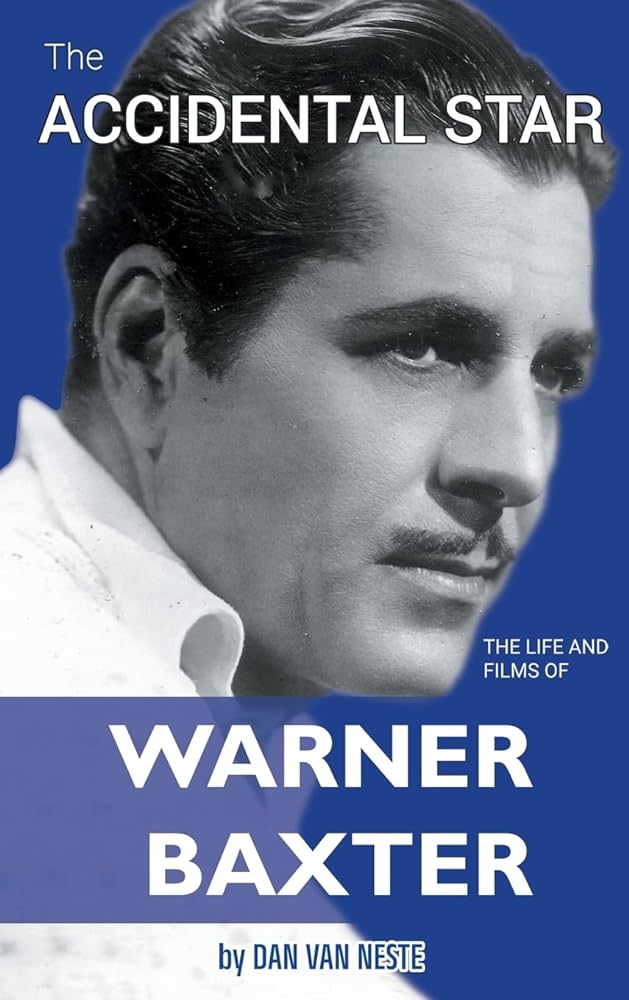

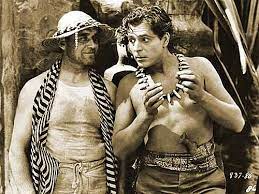
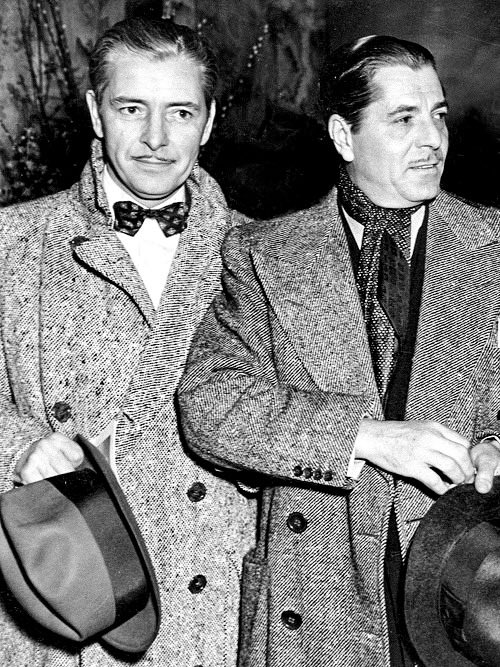
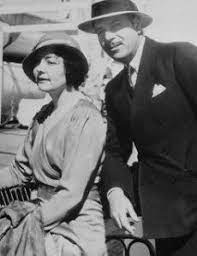
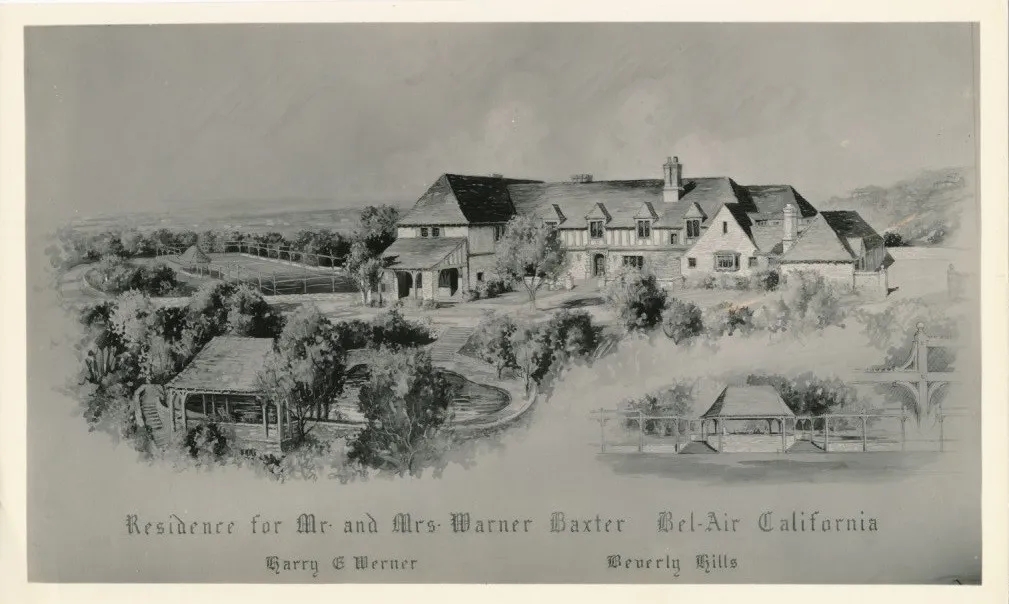

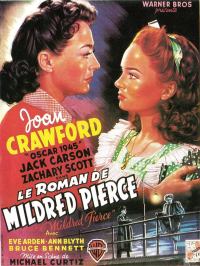




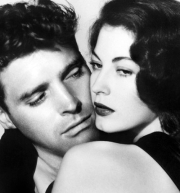













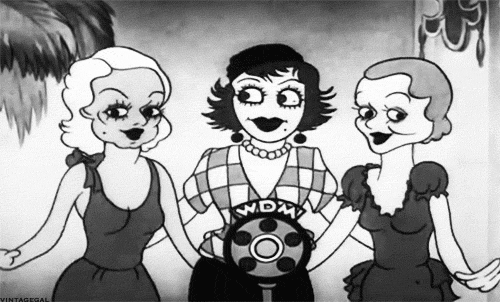
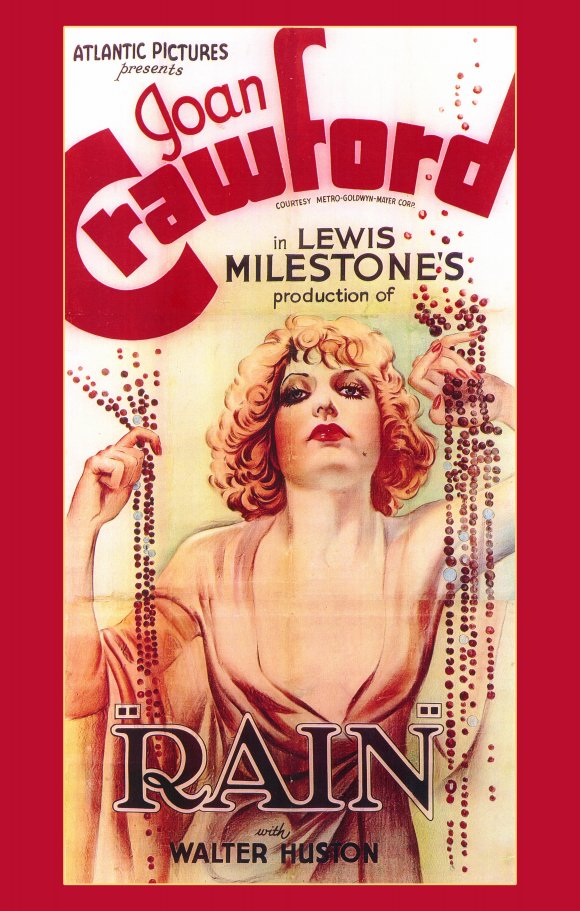

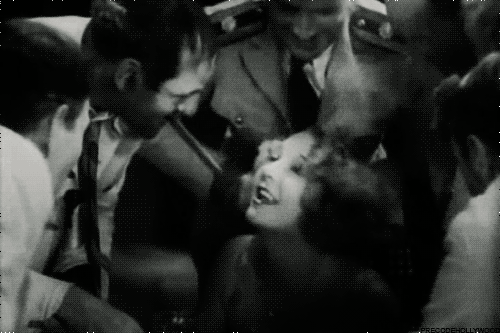
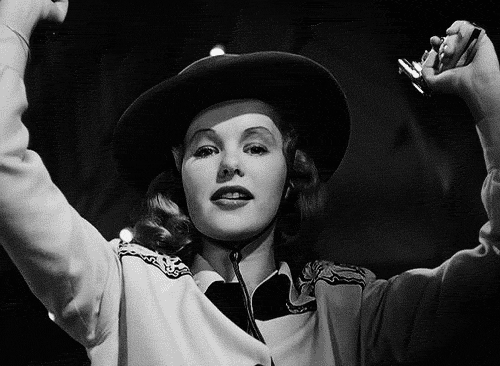

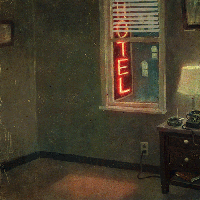
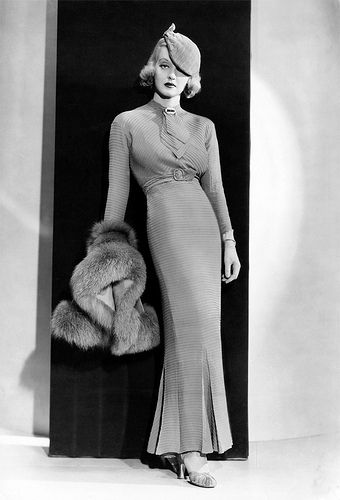


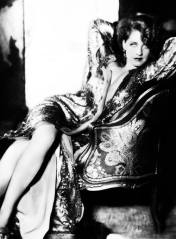
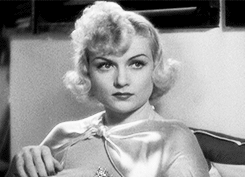





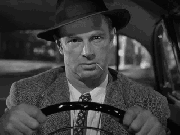
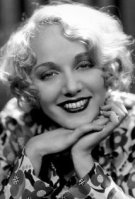
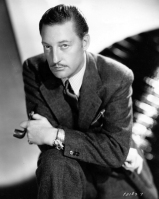
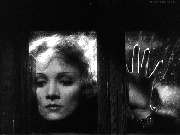


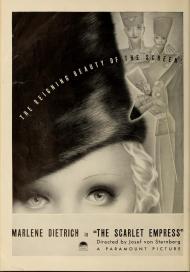
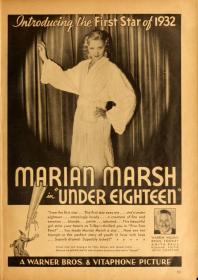
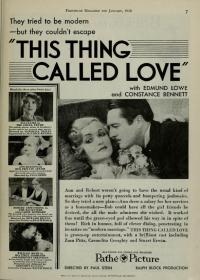


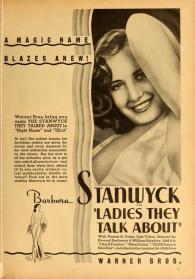


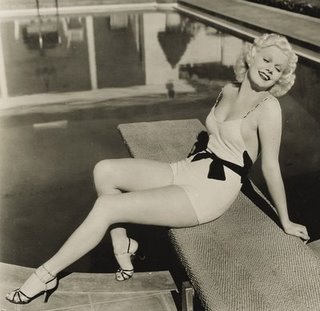




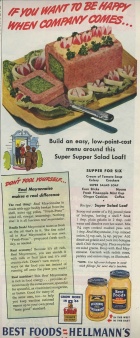
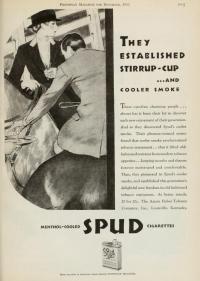

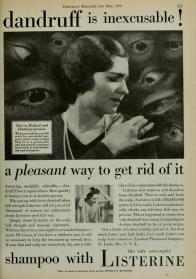
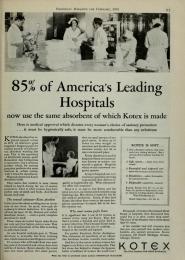
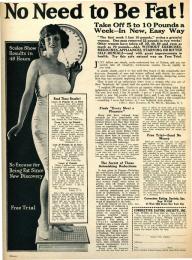


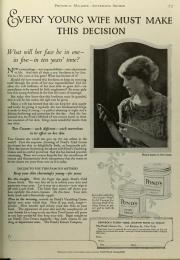
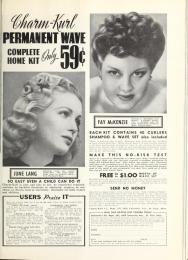
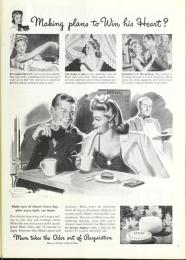


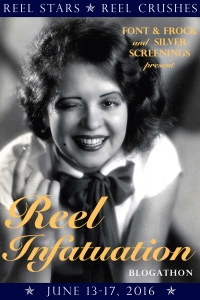

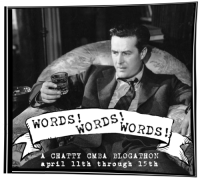

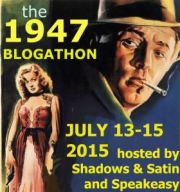
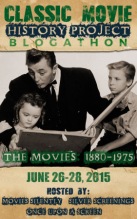



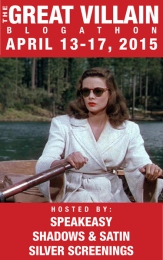

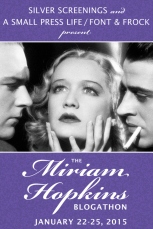
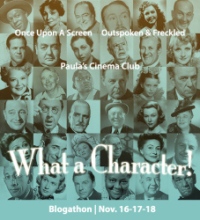
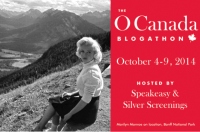



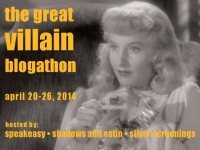
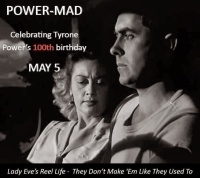


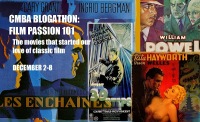
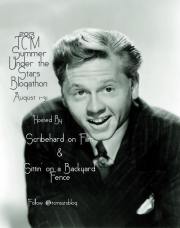





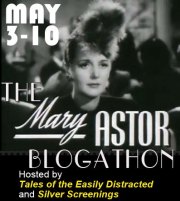


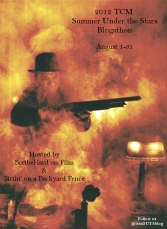


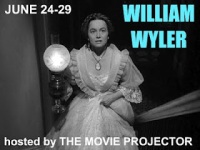

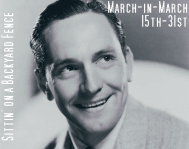
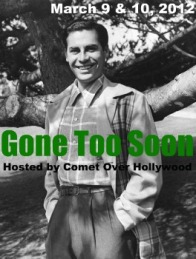


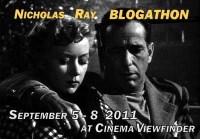

Thank you for sharing this book review, Karen. WB was always a likable star w/ a marvelous voice. He had an interesting role in Lady in the Dark (1944) as Ginger Rogers’ married beau, whom she ultimately rejects. 😎🎬
I’ve always thought Lady in the Dark was an under-appreciated gem, Cynthia. Sassmouth Dames did a great podcast episode on it that I bet you’d enjoy.
Thank you, Cynthia! And thank you for turning me on to Lady in the Dark. I will add it to my list. I saw another new-to-me Baxter movie yesterday — Broadway Bill. Really enjoyed it.
I’ve always wondered why Warner Baxter didn’t have a bigger career, but now that I’ve seen that photo of him with Ronald Coleman I think I get it — they could be brothers!
I loved him best in 42nd Street, the first pre-code film I ever saw and one of my childhood faves. After I grew up and read the book the picture is based on — which was pretty racy for it’s time — my appreciation for his performance grew exponentially. There was SO much going on there.
Great actor. Great post!
I liked him a lot in 42nd Street, too. And Penthouse. I really want to see some of his silents now.
OMG Penthouse! It’s not a title you want to Google without SafeSearch on (trust me) but it’s so good! I wish he and Myrna Loy had made ten more pictures together!!
Hi ladies – totally concur with your praise of WB in excellent “42nd St” & “Penthouse.” I appreciate your recommendations, as always…😸
Miss Maudie, I finally saw “Night After Night” – what a precode gem! And I got a fun surprise when hearing the one & only Mae West’s character name – Maudie Triplett! 🎬😎